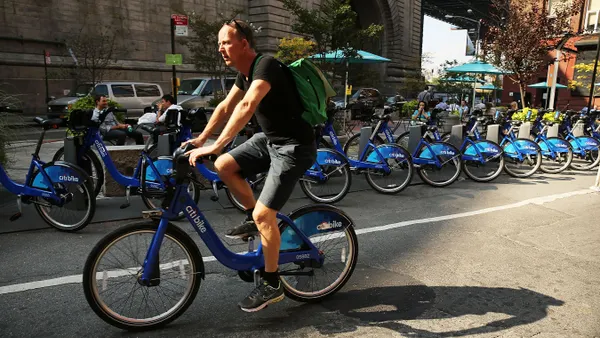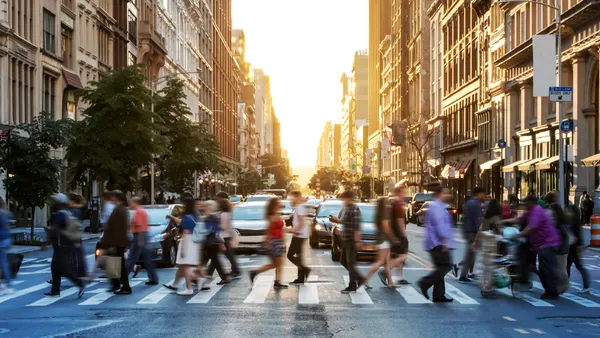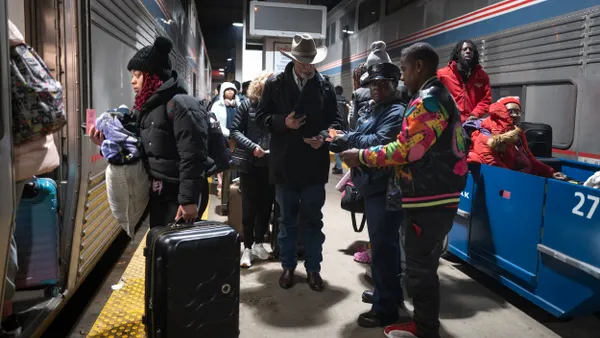It's Halloween, which means kids across America are decked out in costumes, ready to scour their neighborhoods for the homes with the best candy handouts.
Right on cue, Zillow has released its annual list of the best cities for trick-or-treating. The online real estate database company had its economists evaluate median home values, the number of children under age 10 and single-family home density. The equally-weighted factors are analyzed to produce a list of the cities where children can most quickly and safely do their trick-or-treating rounds. In previous years, the analysis also involved neighborhood crime data.
The top 20 cities for trick-or-treating are:
- San Francisco
- San Jose, CA
- Philadelphia
- Long Beach, CA
- Los Angeles
- Baltimore
- Sacramento
- Washington, DC
- Milwaukee
- Seattle
- Dallas
- Phoenix
- Chicago
- San Diego
- Denver
- El Paso, TX
- Las Vegas
- Charlotte
- Portland, OR
- Mesa, AZ
The list also names the top five trick-or-treating neighborhoods in each of the top 20 cities. Every neighborhood within a city certainly doesn't have the same density or walkability, so the breakdown helps parents target where to take their kids for safe, bountiful trick-or-treating options. Even cities where residents overall are car-dependent tend to have at least a few neighborhoods that are easily walkable, which can boost their trick-or-treating appeal.
The analysis only included cities with populations greater than 500,000, which limits the winners to mid- and large-sized cities. But the biggest U.S. cities aren't necessarily the ones consistently making the top 20. For example, New York is America's largest city — and one of the densest — but it's notably absent, as it has been since the list's inception in 2009. Mid-sized cities like Milwaukee — and in the past, Columbus, Albuquerque and Honolulu — rise to the top when considering factors other than density that make a city walkable and safe for kids.
Parents and children alike might assume that the wealthiest neighborhoods are best for trick-or-treating because residents there are likely to give out the best — and have the most secure surroundings — but that's not exactly the case. Well-off neighborhoods frequently have larger homes and lower densities than neighborhoods with lower average incomes, meaning trick-or-treaters there usually have fewer options and have to cover more ground to get lots of loot.
The type of homes in an area can also contribute to whether it makes the list. Zillow's analysis ranks single-family residences, which leaves out places with high concentrations of multi-family buildings or apartments. Such dwellings create their own challenges for trick-or-treaters, including limited access because of locked front doors or the need to be buzzed in.
Some cities come out on top due to the sheer number of children who live there. By analyzing which cities have high populations of children under age 10, Zillow data crunchers offer a way to note which areas likely already have child protections in place. Trick-or-treating in those areas can give a sense of security brought on by safety in numbers.
Although Zillow's economists can help direct trick-or-treaters to target-rich environments in an attempt to score lots of candy, the data doesn't offer any guidance on the quality of goodies distributed in each neighborhood.










